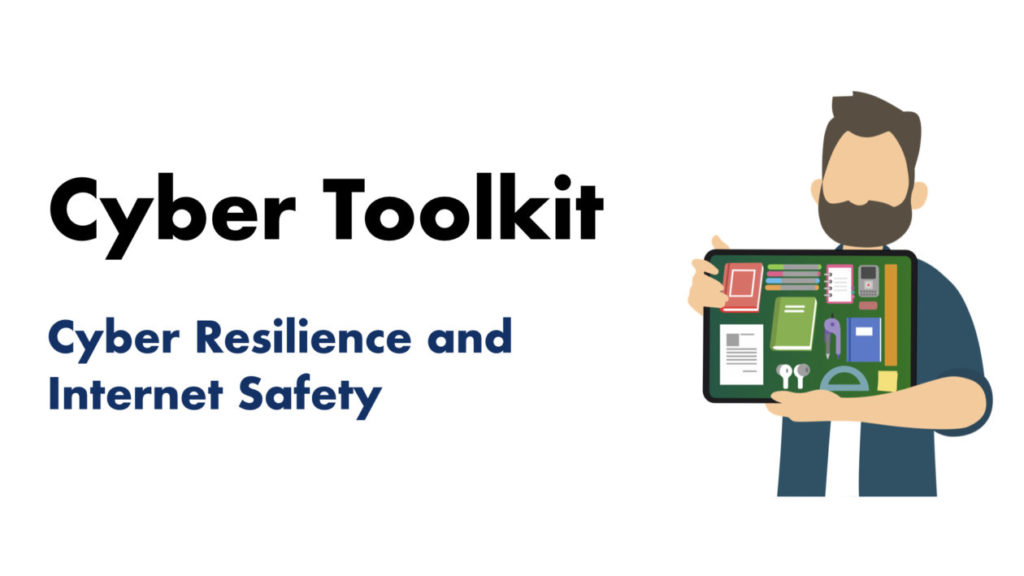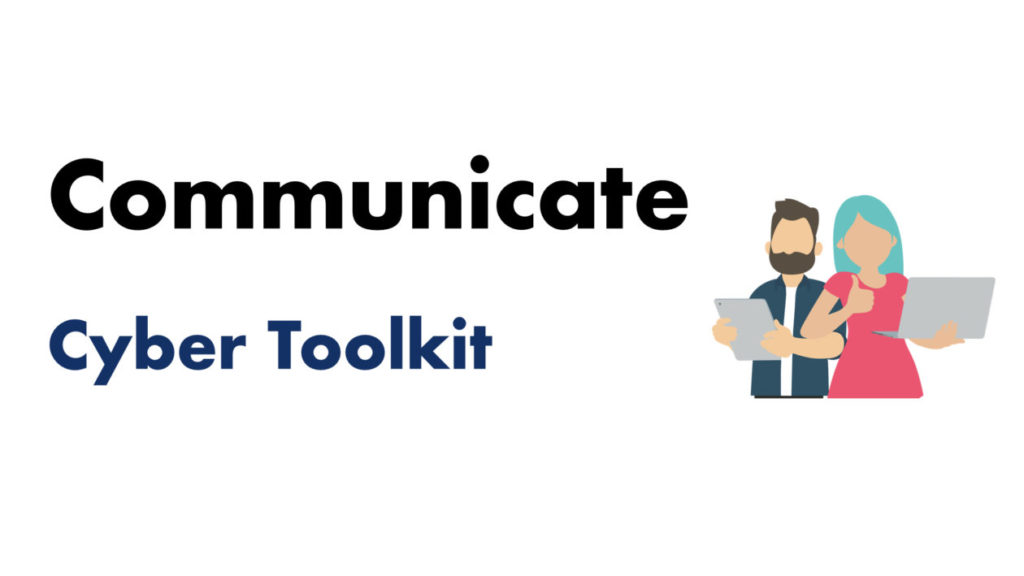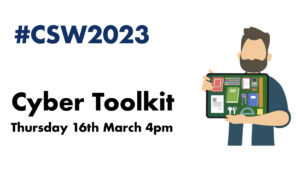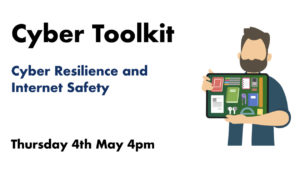Processor Video
13 March 16:00, This Is Data Session 1
This Is Data
You may have seen spreadsheet dashboards that react to user interactions, automatically filtering and updating charts and tables. Ever wondered how to do it? This short course will support you to develop your skills to store and process data using tools you already use.
These sessions will show you how to use tables, slicers, pivot tables and charts to bring your data to life. You will be able to use these skills to look at your own data and / or share these skills with pupils as part of their learning.
- Sample data files will be provided.
- Basic knowledge of excel will be useful.
- This set of sessions will make use of Microsoft Excel.
Sign up here for some or all of the sessions below
Session 1 – Monday 13th March 4pm
Preparing data for analysis – the importance of structuring data in tables, using slicers to filter data, conditional formatting, data validation, custom views and useful formulae
Session 2 – Monday 20th March 4pm
Creating Visual Interactive Dashboards – using your data to create pivot tables and visualisations then bring them together into a single user dashboard
Session 3 – Monday 27th March 4pm
Linking Data – how to link tables and visualise results that draw from more than one data source.

Communicate: email

Communicate: email

Communicate: direct messaging

Cyber Toolkit: Consume
Misinformation, sometimes called ‘fake news’, is content created to deliberately mislead or misinform audiences and the single biggest risk to UK internet users (22% of UK users encountering potential harms, Ofcom 2022). This may be done to further a cause or goal, such as in politics, or to cause harm or alarm, such as scaring people off medicines and vaccines.
Inappropriate content is any form of media that may be harmful to the person consuming it and is the biggest combined threat to UK internet users (40%* of UK users encountering potential harms, Ofcom 2022). What is considered inappropriate differs between the people viewing it. Some content may be deemed inappropriate for the age of the person consuming it, such as swearing, or more generally harmful, such as racist language or imagery.
More of our money is spent online than ever before, however, this can be problematic when money is being scammed or stolen, or the individual loses control of their spending, such as with problematic gambling. Scams, fraud and phishing are the most commonly experienced potential financial harms, encountered by 27% of UK online users (Ofcom, 2022)
Fast Forward is the gambling support charity for Scotland and have in-depth guides and advice on gambling support – go to Fast Forward page.

Cyber Toolkit for Teachers
Understanding ’consume create communicate’
Sort the online activity post-its into consume, create or communicate and check your understanding.

Cyber Toolkit: Create (NEW)
Resources
Thinkuknow by CEOP is the national website for learning about child exploitation and online protection (CEOP). Their learning resources site offers information and resoruces for learners, families and educators.
These are a selection of the resources for different ages:

Cyber Toolkit: Communicate (NEW)
Unwelcome friend/follow requests or messages (20%) and unwanted sexual messages (8%) account for 28% of the potential risks encountered by UK internet users aged 13+ (Ofcom, 2022). Understanding how the platform works can help children and young people reduce the likelihood of this potential risk by managing who can and cannot contact them.
Trolling (15%) and bullying, abusive behaviour or threats (8%) account for 23% of the potential risks encountered by UK internet users aged 13+ (Ofcom, 2022). Understanding how the platform works can help children and young people reduce the likelihood of this potential risk by managing whose messages and posts they see, and how to mute or block people who may be trolling, bullying or abusing them.
Technology-assisted harmful sexual behaviour (TA-HSB) is when children and young people use the internet or other technology to engage in sexual activity that may be harmful to themselves and others. TA-HSB covers a range of behaviour including:
- the developmentally inappropriate use of pornography
- online sexual abuse
- grooming
- sexting










